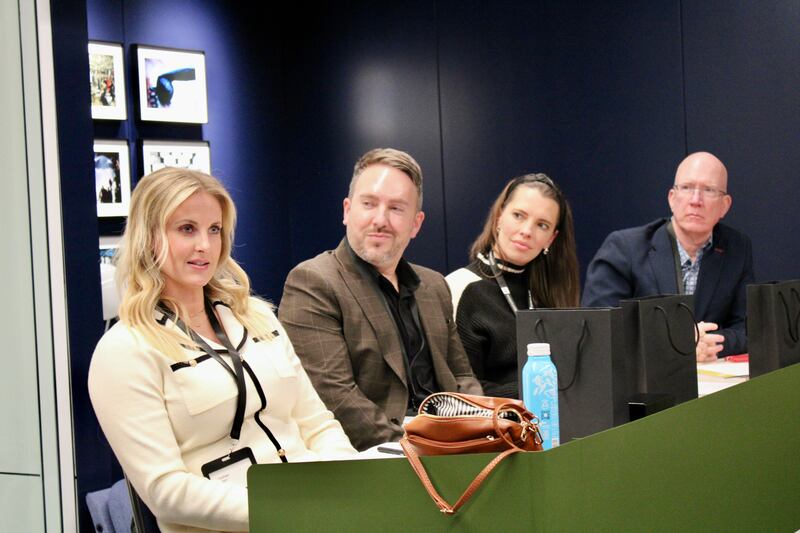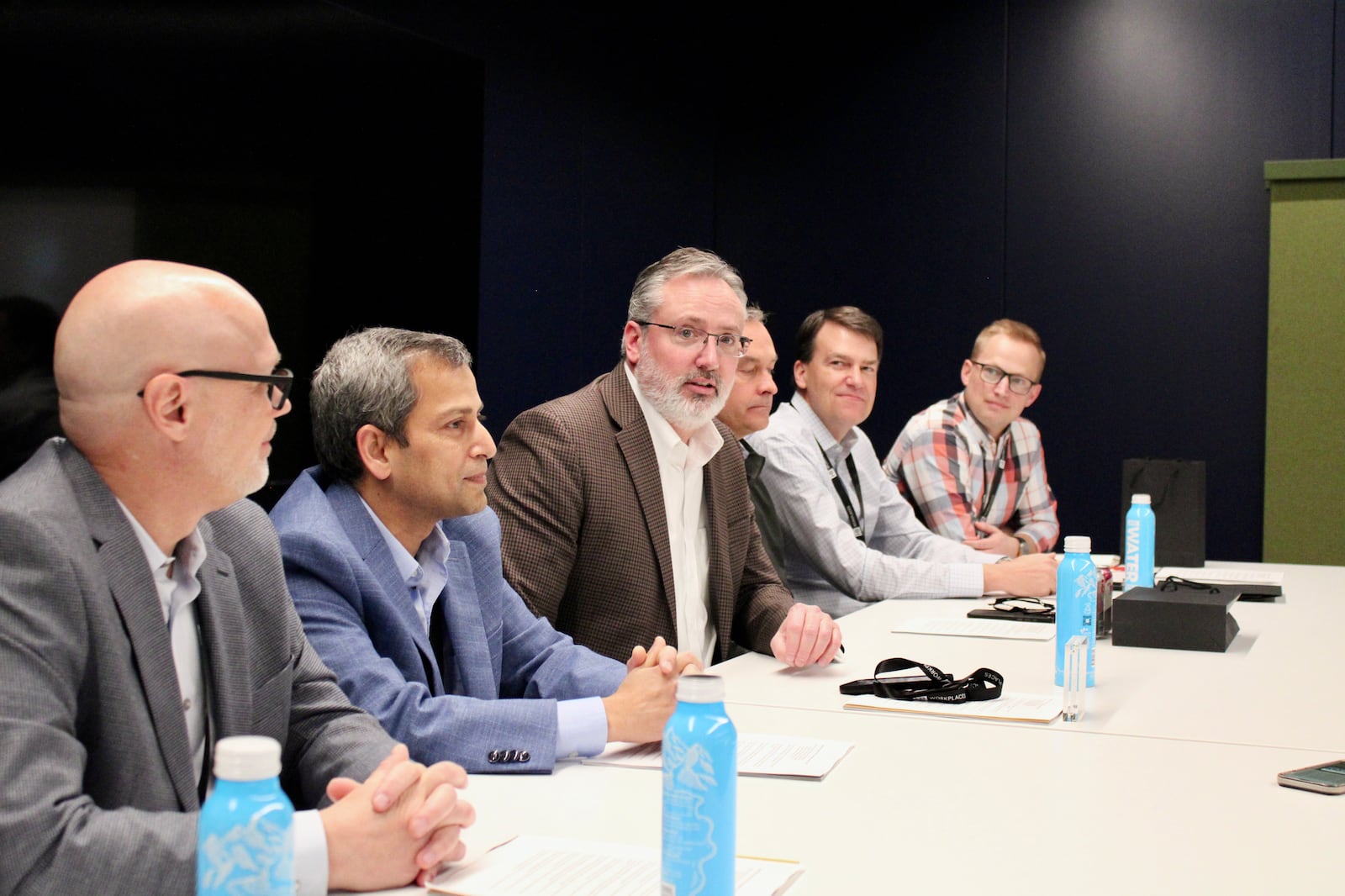Last month, Utah Business partnered with Fullcast and HB Workplaces to host a roundtable featuring local finance leaders. This conversation was moderated by Merry Osborne, director of CX and marketing at Tanner LLC.
How do you work with the different C-suite members in your companies? Where have you seen your role act as an accelerant for the business versus something to be overcome?
Cory Goodfellow | CFO | AutoSavvy
It’s driven by the budget. To create a robust budget, you have to involve every one of the inputs of it. You go to them and say, “OK, what are your assumptions for constraints and throughput?” … Once you agree on that, then you can hold them accountable. … I’ve worked now for a finance-minded CEO and a marketing-minded CEO. The marketing-minded CEO sees a bright, shiny thing and wants to buy it. Holding them accountable to, “Hey, these are the budgets. These are the inputs” helps a lot.
Christie Kent | CFO | OptConnect
Even before the budget process, on a quarterly basis, we meet as a leadership team on strategy. Before even going into the budget [we discuss], “What are we prioritizing?” Every quarter, sometimes more than once a quarter, it could shift, but as long as we come to an agreement as a team on what we are prioritizing, that helps align. And if someone asks me [for more money], we can go back to that conversation. … It always helps to get that buy-in even before the numbers start coming out on a strategy level.
Lindsay Jones | CFO | FireFly Automatix
I’ve been CFO of several different industries. I think there needs to be a little bit of natural friction [with CEOs]. … I’ve learned when you get into … meetings, it’s good to say, “Look, if we go down this road, here are the pitfalls I’ve seen in the past. We should plan for those,” versus “No, we’re not doing that.”
Brad Harris | CFO | HB Workplaces
Fighting for time with the CEO every week to have a weekly touch base is helpful. And, if you can, [get time] with the other senior leaders of the company so you can talk about those priorities and the budget — it’s more of an ongoing conversation.
Dave Chidester | Fractional CFO | Amplēo
I’m dealing with a lot more startups where there’s not really a budget; there’s an approximation. I think one of the key things as a CFO is to do everything you can to help make things happen if they can. The second they see us always saying, “No,” you’re not going to be a partner anymore.
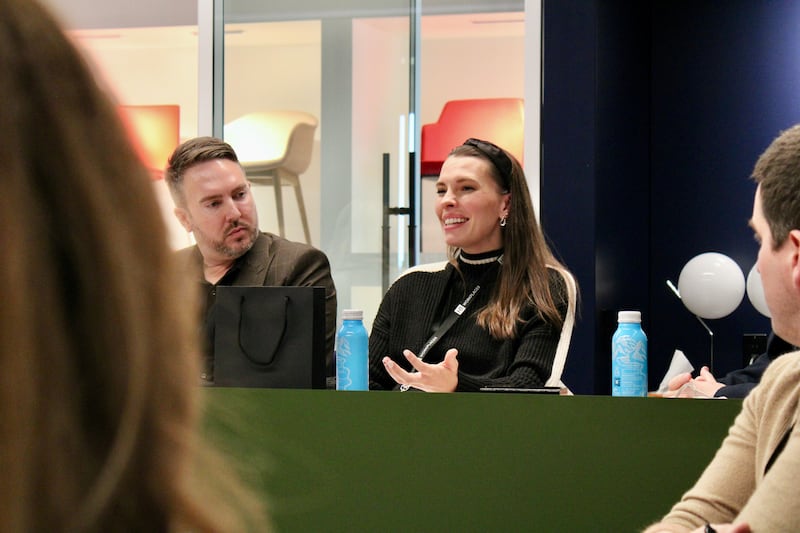
Caitlin Tursic | CFO & COO | Make-A-Wish Utah
Build out a structure people can align themselves with. … Budget individual items throughout the year, more variably, as well as that full one. Set expectations frequently enough so people can align themselves — at the C-suite or otherwise.
Colin Jackson | CFO | Alucent Biomedical Inc.
Depending on the personality of the CEO, particularly if they’re a non-financial kind of person, [it is important to choose] words that are not financial words. … Talk about “focus” and “prioritization” or “what is the most value-added option” or something like that so you can remain focused and not get distracted by the shiny object.
Eric Teel | SVP, CFO | Deseret News
I’ve found throughout my career that I can serve as that hub within the company — and not just in communication but in actually driving the strategic planning process itself. The relationships that come with driving that process allow the company to be on the same page. Often, I’m working with a CEO who’s visionary; they’ve got big plans and big ideas. I view my role as being the one to help them figure out how to make that vision happen. That’s coordinating with technology, coordinating with marketing, coordinating with HR. … Then, putting forth a solution to that vision and how we can make it happen. Being the center of that process has been super valuable to the companies I’ve been involved with.
Steven Hayes | Director, Finance | Pura
[We need] financial education within the organization so people understand the decisions that are made and the objectives the team comes up with. … At Pura, as we’re in a growth phase, understanding the metrics within the other organizations and everything that happens within the organization is going to come back through the financials at some point.
Blaine Richardson | CFO | Saela Pest Control
There really is no one way. It’s all about relationship management. … How can I be the accelerator? How do I focus our energy? We can do a lot of everything, or we can focus on a few things. … It’s working with the CEO and the other board members, saying, “Is that the best use of our time? Is that in line with the strategy that’s been set?” Then, helping them talk themselves out of the plans that aren’t.
Amy Cook | Co-Founder & CMO | Fullcast
I ran a marketing agency for about 15 years … and my husband was my CFO. … I was responsible for driving all the business, and he was responsible for making us money. … After some time, he learned how to relationship manage me. I knew what he was doing the whole time, but I didn’t even care. … It’s so funny and awesome to hear you guys talk about this because I felt it at a very visceral level. By years 10 to 15, when we were pretty much cruising, it was so great because he knew how to speak English to me.
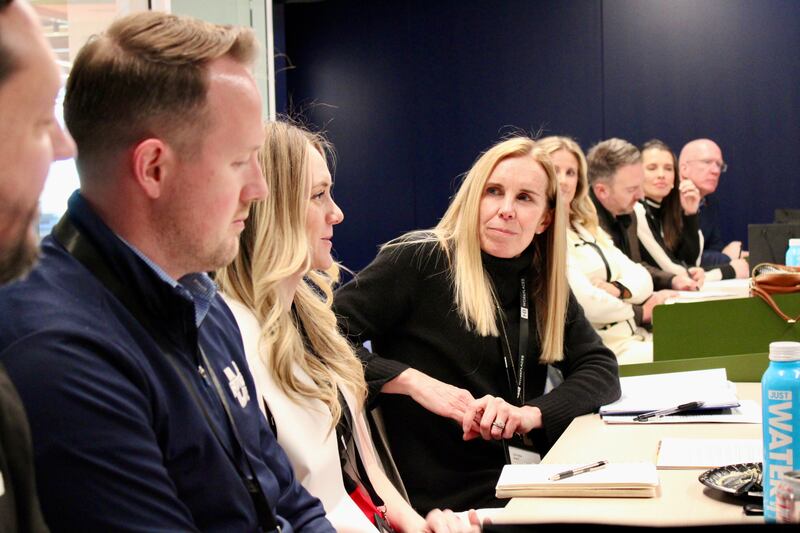
Susan Nielsen | Director, Finance | Savi
I had a VP whose standard of excellence for finance was that the other department wanted to hire you, and I achieved that in one month. [The other] department said, “I want to hire you. Why are you in finance?” I feel like my role is actually a universal translator. … I love getting [other departments] to like me because they understand that I understand their business. … Taking them along for the journey with financial education is empowering for these business operators. Finance can be scary or mean or the hatchet or something like that. That partnership part is integral to finance.
Jon Pexton | CFO | Alteryx
Our job is to be persuasive and use data to make our arguments. The better we do that, the better the answers and decisions are. Once the decision’s made, everybody gets in line and moves forward with it. I remember one experience where I was relatively new at a software company, and the corporate development officer found some companies she wanted to buy. … But when I looked at the numbers, I saw that their perception was not accurate in terms of what they thought they were buying. … Then, it was my job to try to convey that in a very persuasive way. … The CEO … wants to move fast, and I want to enable him to move fast, but he also counts on me now to be the deep thinker, look at the numbers and help him understand and mitigate risk.
I want to dive deeper into the CEO-specific relationship. What have been your experiences with it, both when it goes well and when it goes wrong?
Jim Mortensen | CFO & VP, Finance | Utah Valley University
I’m fortunate that my president treats me as a thought partner. … It isn’t, “Oh, he’s always going to say no, or he is the killer of initiatives.” It’s, “We have a mutual understanding, and he knows how to enable that.” … We have shared goals at the end of the day and are making sure that we’re all working toward them. Finance is the lifeblood that helps us do all the other cool things we do.
Lindsay Owen | CFO | X3 Tradesmen
Our company is 100 percent owned by the CEO. When I came on board four years ago, it was very obvious that I was going to have to build his trust. … Within a year, I noticed a transition, and he was coming to me as the neutral party. … Being in finance, you really can be that neutral party. The CEO I work with … is also data-driven. Anytime I can provide him data to support what we’re talking about, that’s the route we go. It’s not an “I won” or “I lost” type of thing. It’s, “This is what the data shows, and we’re going to make our decision according to that.” Once the decision is made, it doesn’t matter who won or who lost; you have to be in lockstep to move forward. That’s how I see the most success.
Caitlin Tursic | CFO & COO | Make-A-Wish Utah
It’s really important that the CEO understands all the finances, not just the cash figure and how much revenue is generated. Going back to data analysis and key performance indicators, align with the CEO so that everyone understands those important figures and it marries all finances holistically.
“Sometimes, when you’re so high up, you’re too high up. You need those voices from the bottom giving you that insight you might not hear otherwise.”
— Lindsay Owen
Nadeem Syed | CFO | Western Governors University
General Partner | Juvo Ventures
You have to have that trust. For me, our president has a finance background and was a finance major — ex-Monitor Group, ex-Amazon. He can do finance and KPIs with the very best. But he has complete trust that the CFO has the numbers part figured out, and that’s success for me. We don’t ever have to have a conversation about budget. … Most of our conversations are about strategy, how we drive growth and what the future cost structure looks like.
Lindsay Jones | CFO | FireFly Automatix
Some of the best CEO relationships I’ve had are when we have a relationship outside of work. It’s about building trust in the business, but it’s good to build a relationship outside of that so they can’t necessarily be upset because they know who you are outside of just your role as a CFO.
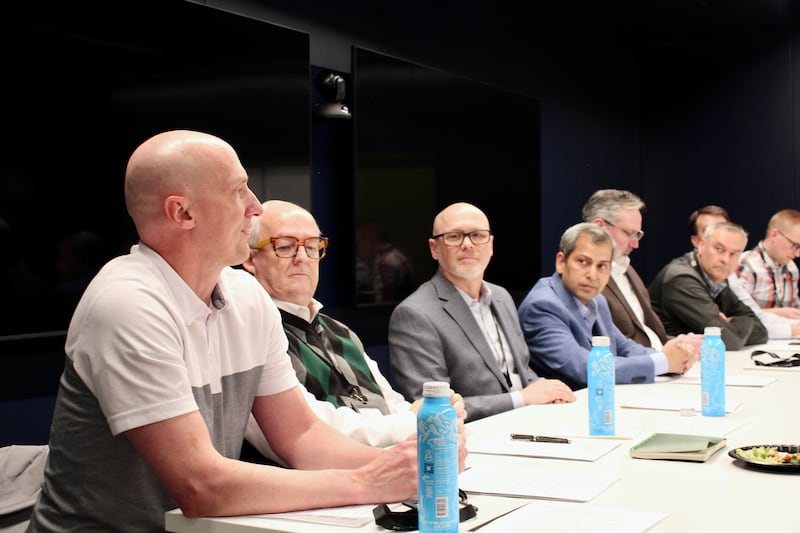
David Strong | Managing Partner & Strategic CFO | Strong Capital Partners
CEOs have a tremendous stress burden. … My position is, “What can I do to make this person’s life easier or better?” … It perpetuates the trust factor. If there’s no trust or if the CEO doesn’t think you are interested in where he or she wants to take the company, they’ll just jettison you quickly. For me, it’s about finding out what’s really going on in their world.
Jon Pexton | CFO | Alteryx
CEOs have big aspirations. … When you help them take their aspirational thinking and put it into the financial model, … you’re supporting them and getting them back to real numbers without disagreeing or misdirecting.
How do you see AI playing a role in your job, if at all? How do you handle the unrealistic expectations of what AI can do?
Cory Goodfellow | CFO | AutoSavvy
We’ve been an early adopter of AI. … I think AI will not replace our jobs, but people who use AI will replace our jobs. … AI is an amazingly powerful tool; if we’re not using it, we will be passed up.
Ryan King | CFO | Thread Wallets
The biggest portion of our business is wholesale, selling to different retailers around the country and writing emails to collect the money that they owe us. … I use AI all the time to help write emails to sound more professional or not as rude.
Nadeem Syed | CFO | Western Governors University
General Partner | Juvo Ventures
You have to focus on the job to be done and not be enamored by the tool. … For my current domain, … the job to be done is the learning. It’s all about the students’ learning. How do you use AI to think about how learning can happen? Often, people get caught in: How do I instruct better with AI? Is that the goal, though? That’s where I would say the opportunity is.
Brad Harris | CFO | HB Workplaces
We’ve created an internal committee over AI and automation. … It’s been helpful because there are so many questions about AI, and the committee has enabled us to sit down and hit some of those questions head-on. … I’ve been blown away at the talent we have just in our staff on that committee. People are interested in it. They’re trying new things and looking for an opportunity to show what they’re working on. We use it as a forum to share challenges and successes.
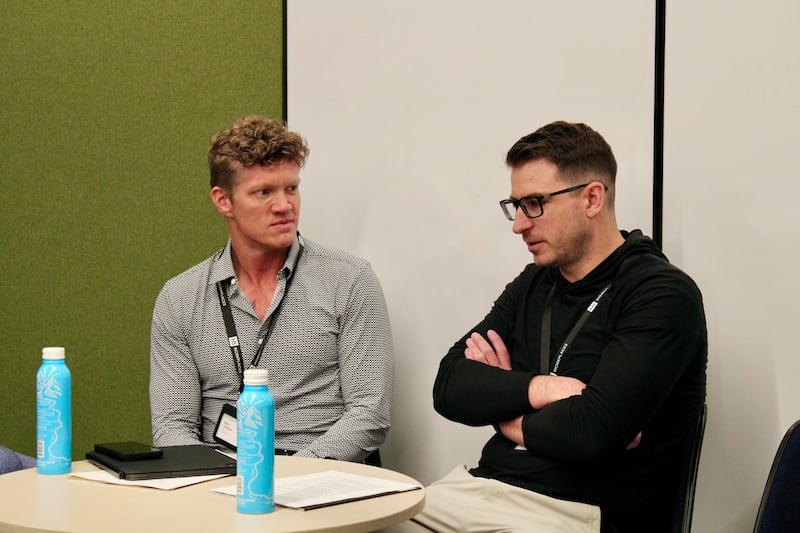
Jim Mortensen | CFO & VP, Finance | Utah Valley University
We tend to think of AI as a way to automate lower-level tasks, … but I found that, with ChatGPT, you can have it create its own personality. It’s become a strategic thought partner. … It’s great to have this knowledge database that’s able to … extend my thinking.
David Strong | Managing Partner & Strategic CFO | Strong Capital Partners
I’m looking at these models in terms of how they can actually increase the efficiency of output to my clients and the accuracy of data. My son will tell you that you should not be working in AI unless you already know what the output should be. … [You] need to learn it and need to understand it. [What comes out of AI] is going to be based on how you program it and how detailed and focused you are.
Russell Winfield | CFO | Revver
We’re a document management software company, so we ingest a tremendous amount of data. Our clients are very concerned with how we leverage AI to take unstructured data and extract metadata from it that’s valuable. … It forced us to [move from] asking the question of, “Could AI solve this?” to “Could this be solvable?” … AI is having us re-evaluate the problems we have and say, “We have this cool tool that could potentially solve every problem.” … It’s made us think critically about tough processes and consider better ways to solve problems altogether.
Dave Chidester | Fractional CFO | Amplēo
I’m definitely seeing, in smaller startup tech companies, the number of tech people necessary going way down. It depends on the company, but for one company I’m with, we were at 35 employees. Now we’re down to 17 and doing more, faster.
Jordan Rupp | Head, Finance & Operations | Hona
We’re experiencing that in a big way, and it actually brings an interesting trade-off. We are focusing a lot of our hiring in the R&D [research and development] space on senior developers because we can pair them with an AI tool to write a lot of code. We’ve increased productivity on a per-engineer basis. But at the same time, we’re now drying up our junior development base because we don’t need to hire them. … We do not necessarily need to pull someone straight from college. We want to find someone with experience. … But I know a couple of years down the road, that’s probably going to come home to roost.
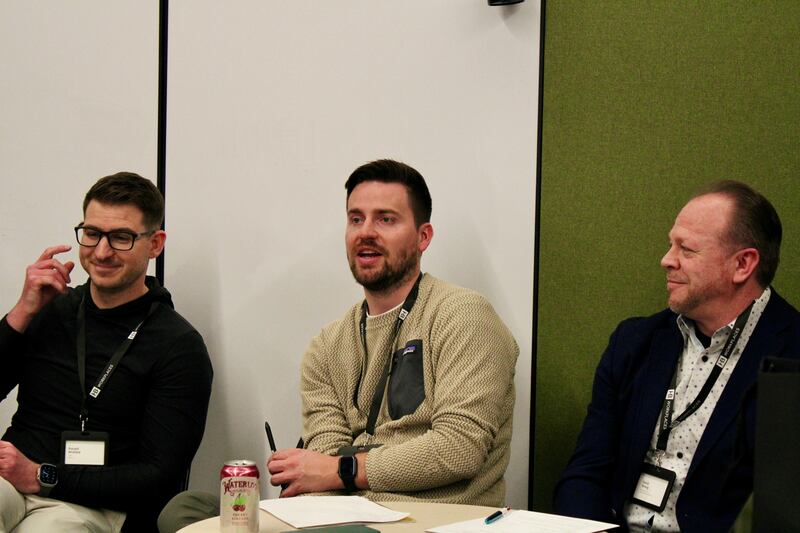
How are you leading your organizations through the current state of uncertainty?
Christie Kent | CFO | OptConnect
It’s scenario planning. As CFOs, we have to be thinking about, “How could this negatively impact me? How could we take advantage of this? What’s the upside here?” And also understand your contingency plans. Think through and know: “If we miss here, where do we make it up?” The more time you have to see this and call the warning out, the more time you have to do something about it.
Blaine Richardson | CFO | Saela Pest Control
Relationship management is key. Start that today, not when [challenges] are happening. As I see uncertainty, whether in the industry I’m in or with vendors or things around me, that’s when I’m ramping up my engagement and relationships — and I’m doing the same thing internally with the other thought leaders of the organization. When those challenges come, and we have to react quickly, we’ve already bypassed the finger-pointing. We very quickly go to: Here’s a problem. Here’s a concern. Here’s a potential concern. Who’s best suited to address it? How do we work together? We are partners, and having that as the basis of the relationship is critical.
Eric Teel | SVP, CFO | Deseret News
We need to be that steady hand on the wheel, if you will, during the storm. That comes through relationships and transparency. I think that confidence, that trust that the organization could put in us, is a result of us being on top of things. We’ve got to be on top of things. We’ve got to be thinking of the future. We’ve got to know what’s happening in the business and be that early warning system. Not in an alarmist way, but keeping people up to date. “Here’s what’s happening. Here’s the current status. Here’s their trajectory.” But I’d say we’ve got to be calm and sure to help the rest of the company feel the same.
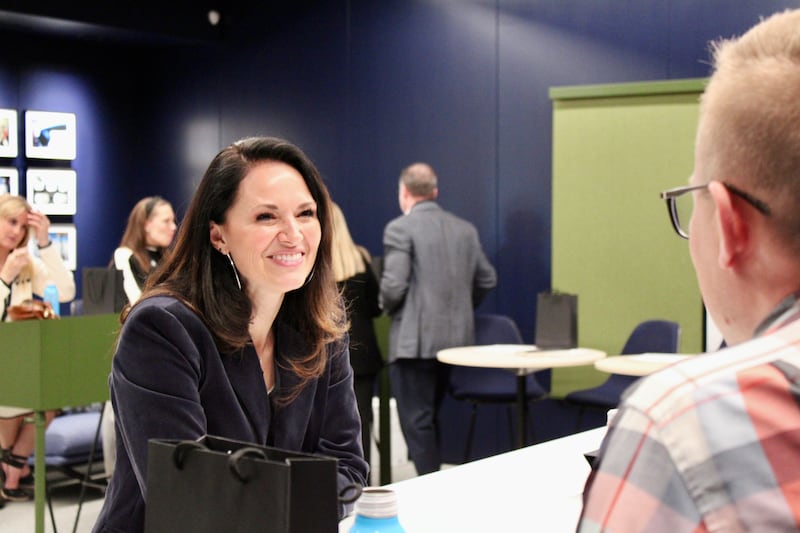
Ryan King | CFO | Thread Wallets
I also think checking your ego at the door is huge. Over the seven and a half years I’ve been CFO, I’ve made plenty of mistakes. … Just own it. In January, I made what turned out to be a wrong assumption. But saying, “Look, here’s why I made it. I thought it was right. It ended up being wrong, so now we have a challenge that we need to address.” … When people can do that and you have the trust to realize we all make mistakes — that has helped our business run more smoothly.
Lindsay Owen | CFO | X3 Tradesmen
One of the phrases you’ll hear at our company frequently is, “Clear is kind.” This is applicable in business. This is applicable when I’m at home with my children. The more clear you can be, the earlier, the better off everyone will be. There are no rumors swirling around. There are no worries of the unknown.
Our company has a periodic all-team brainstorming session where they can bring up concerns they hear from their clients. … Letting everyone, not just the thought leaders but even those toward the bottom of the company, be vocal and contribute their thoughts — you learn a lot. Sometimes, when you’re so high up, you’re too high up. You need those voices from the bottom giving you that insight you might not hear otherwise.
Russell Winfield | CFO | Revver
We are fairly transparent in our company, but I found there is unintentional gatekeeping. Are we speaking to the company and educating them on what [industry] terms mean? A focus for us is EBITDA margin. At the last company meeting, a developer raised their hand and said, “What’s EBITDA?” It is usually a term everybody here knows, but not everybody in the company knows it. So transparency is also: Are we gatekeeping in how we’re sharing information? … Sometimes, I think we intend to be more transparent, but how we’re educating the company and communicating is vital to make sure that what we intend to share is what’s being shared.
What do you see coming in the next five to 10 years for this role? What skills will be critical to have?
Susan Nielsen | Director, Finance | Savi
Our self-education is going to have to ramp up because this stuff is moving so fast. We’re going to be like the Google grandmas and grandfathers who didn’t know how to use the internet. It is evolving so fast that the people coming in behind us or beneath us are at a higher level. They’re going to know how to do it; they’re learning in school. That’s going to be the challenge for us as leaders: to keep up with it.
